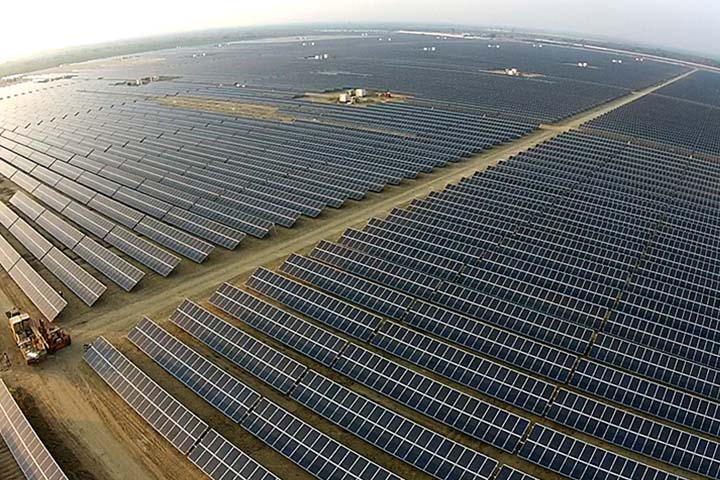FAQs
Most frequent questions and answers
The timeline can vary, but a typical utility-scale solar or wind project takes approximately 2-3 years from initial development to commercial operation. This includes 6-12 months for development (feasibility, licensing), 12-18 months for construction, and finally, achieving the Commercial Operation Date (COD) when revenue generation begins under the Power Purchase Agreement (PPA).
The most significant challenge is often navigating the regulatory landscape and ensuring timely payments from the power purchaser. This risk is best managed by securing a robust Government of Pakistan guarantee as part of the PPA, working with experienced local partners who understand the approval processes with NEPRA and AEDB, and conducting thorough due diligence on the project’s legal and contractual framework.
Green hydrogen is poised to be the next major opportunity. Given Pakistan’s excellent solar and wind resources, it has the potential to produce green hydrogen cost-effectively. The government is beginning to explore this sector, and early-mover investors can benefit from future policy support and first-mover advantage in a high-growth global market.
You can significantly benefit through Captive Power Generation. By installing a solar power system for your own industrial use, you can achieve substantial cost savings by reducing your reliance on the more expensive national grid. This shields you from rising electricity tariffs, ensures a more reliable power supply for your operations, and enhances your sustainability profile—all without needing to become a licensed power producer.

